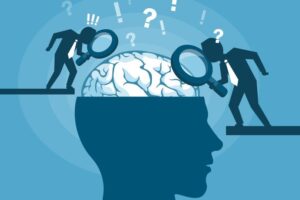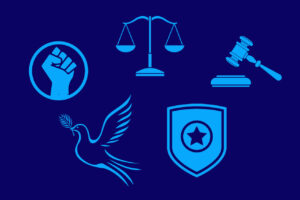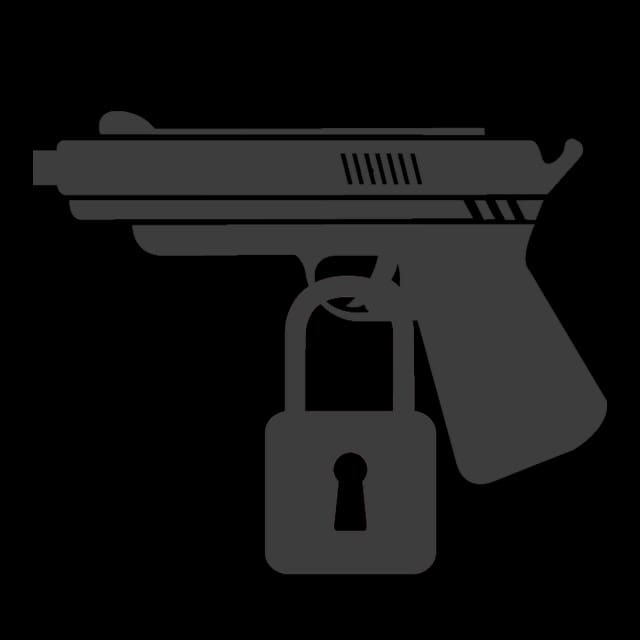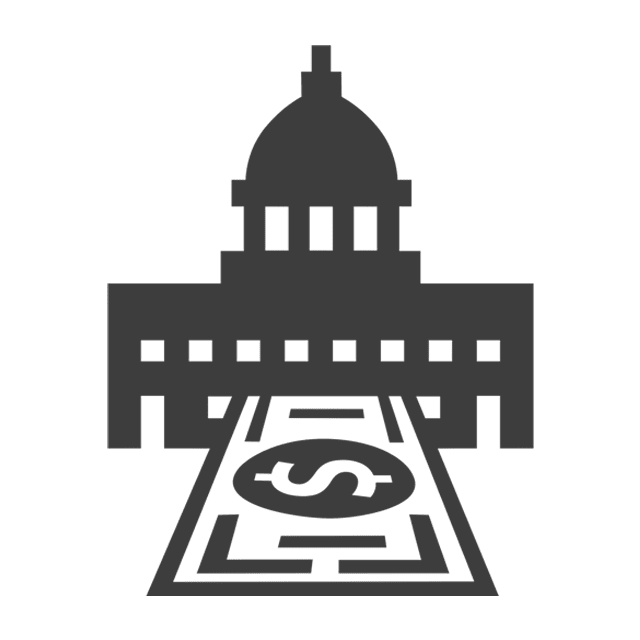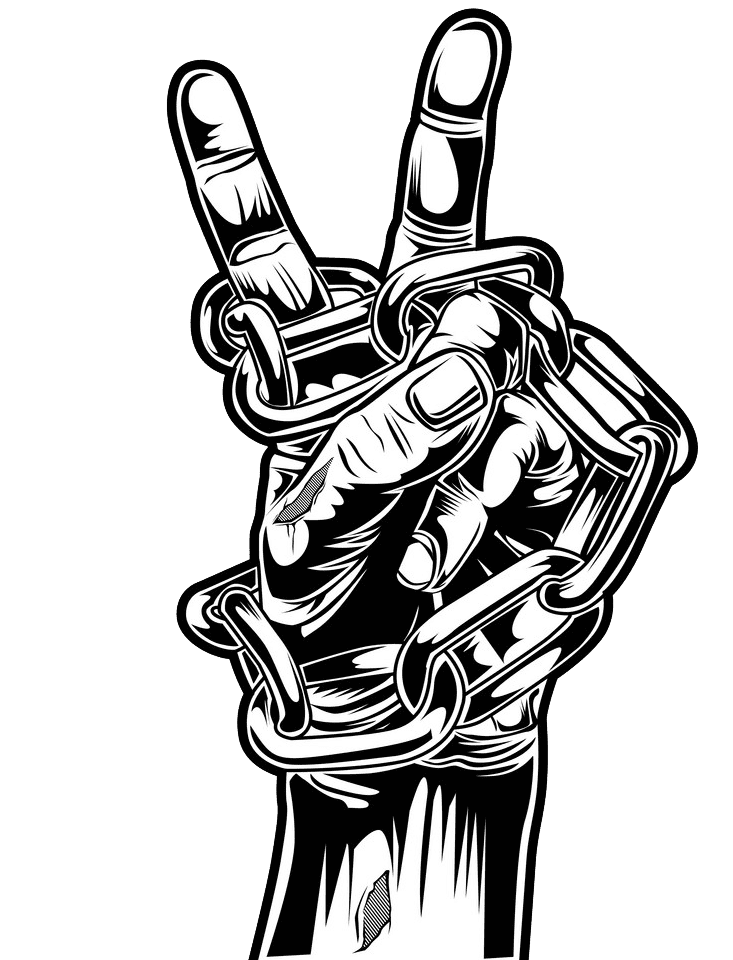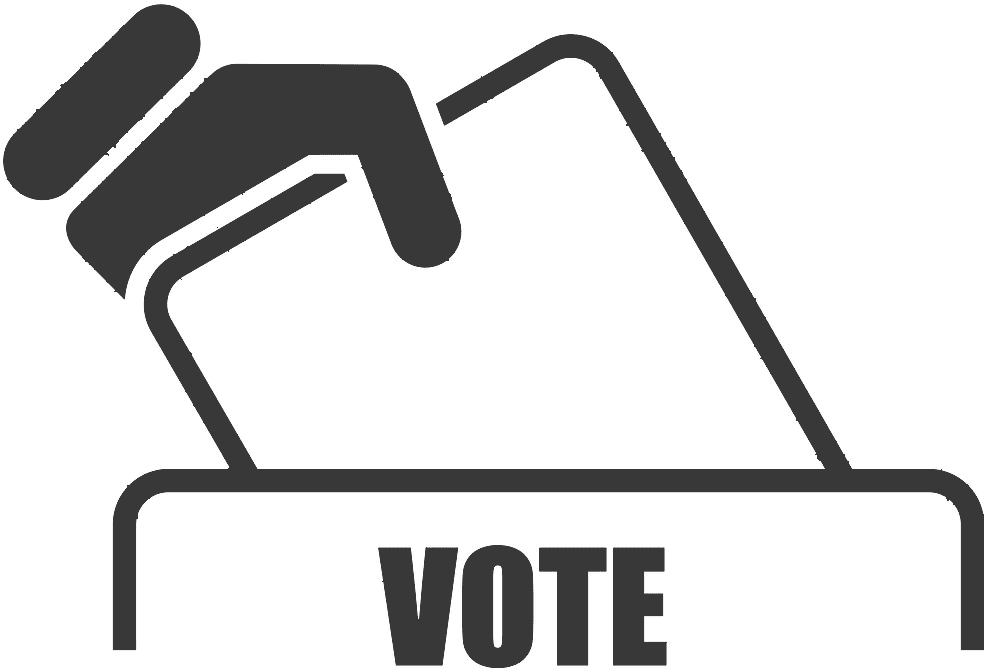As companies like Uber suffer over profit concerns, their operations in many states are increasingly restricted by new regulations. It is with that reality in mind that such firms may no longer rely on individuals, shifting the focus to investing in autonomous technology.
In the end, it is precisely because government chooses to close in on tech firms that those who rely on them will be squeezed out of the industry as a result. Unfortunately for rideshare workers, their future is of no importance to these regulators, and the freedom that allowed for the system to work for them in the first place might as well be obliterated.
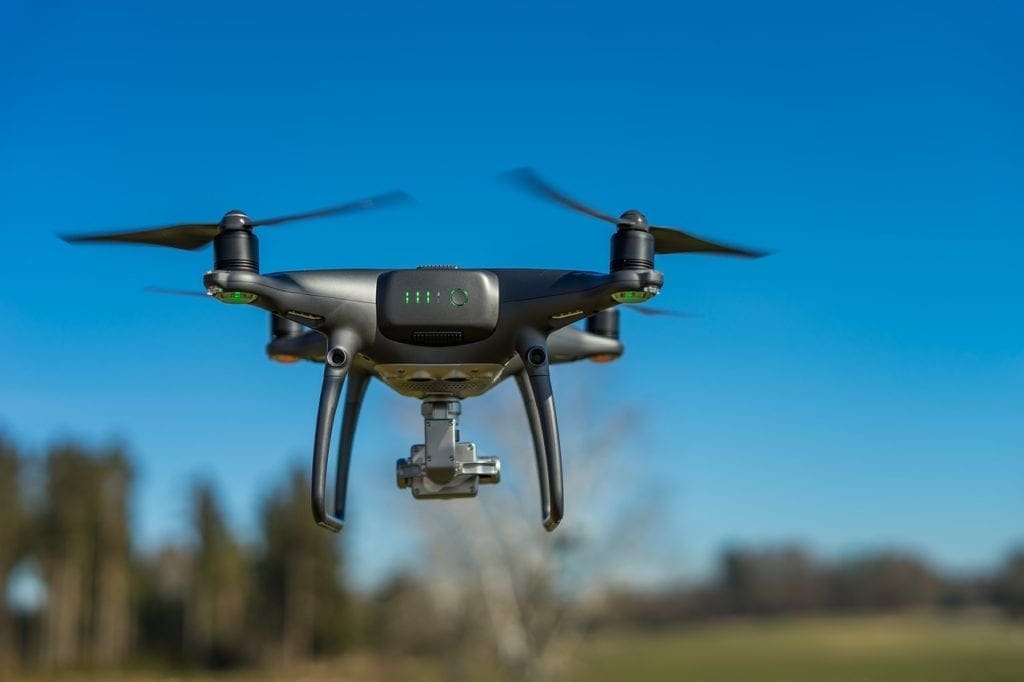
California’s legislature is expected to pass a bill that sets strict standards regarding contract work, which would ultimately force companies like Uber to drop many of its drivers. The bill, which is backed by organized labor, would end up forcing many drivers who wouldn’t mind staying on as contractors to seek employment elsewhere, effectively hurting the same people proponents of the bill claim to support.
So what is the company to do?
When firms are cornered by lawmakers, they can either fight back, lobbying lawmakers against further regulations, ignore the changes and see how things go, risking losing the business, or they might change the game plan, looking for alternatives in the market that may help them stay relevant.
Perhaps, Uber’s decision to double down on the use of drones and autonomous technology is a direct response to the increasing pressure from lawmakers.
The Future Is Robotic — Thanks to Government
Uber Eats started its drone deliveries of food in San Diego, California, the state where its operations are under scrutiny again over labor concerns. At first, the firm will only use drones to deliver McDonald’s, but soon, it hopes to expand to other restaurants.
On top of helping the firm stop relying on drivers as much, the technology will also help to cut delivery times considerably.
Additionally, the firm is also partnering with Volvo Cars to launch a new self-driving ride.
Uber will be using the Volvo XC90 SUV model for its self-driving tests. The car, which comes with steering and braking systems designed for computer control, would have two self-driving systems in place. That would allow the autonomous car to be much safer as the backup system would take control if the main system failed.
Much like what happened to grocery stores and even McDonald’s restaurants, automation has turned into a money-saving alternative to employers. If Uber is pressured to cut on the number of drivers it can afford, it might as well begin to push for more automation. And in no time, we will be hearing of new pushes to heavily restrict and even outlaw automation in the industry.
How about trying freedom for a change?


